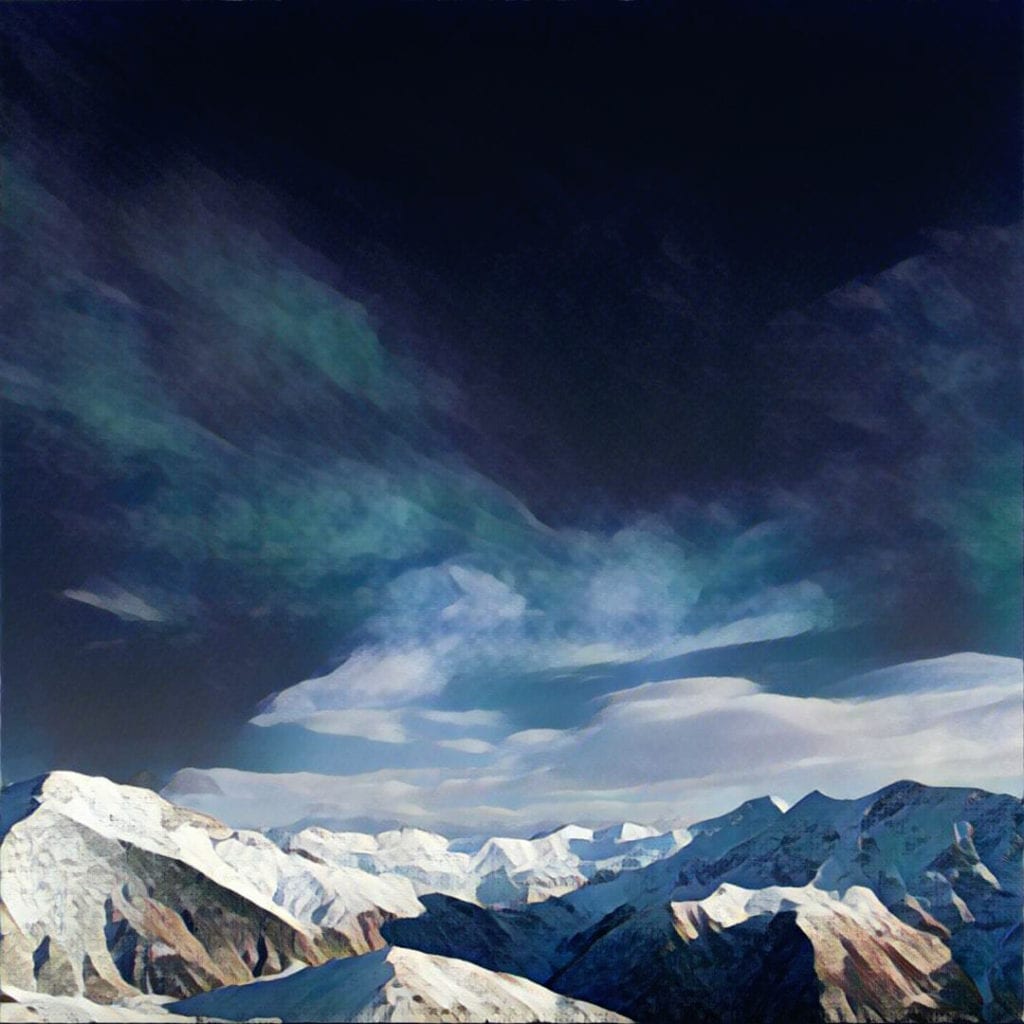Art Credit: Tatiana Drotsarova
OH CUPOLA
your little room
barely big enough
for a party of gnomes
cousin of the widow’s walk
uncle to the weather vane
dear old cupola
falling in
for all to see
if only people knew
for how long
and how far
from where you sit
the world was more
than the sight it is.
cloud decay
the tattered edges
of rainfall

Photographer Baptiste Charruyer, Paris, @wild_fangsphotos on IG.
Author Commentary:
Typically, contemporary haibun consist of a block of text followed by a three-line haiku. It’s a tried and true formula that I’ve written quite a few of myself. But the long walks and lost loves can wear on a reader. Heck, they can wear on a writer. Sometimes, you gotta stretch. Do some off-road writing, so to speak. In this haibun “oh cupola” I set out to follow the song I heard in my head one day. Not really a song but a cadence. A tempo that required a more fluid delivery than pure narration.
My address to a cupola may sound like a silly start but this is where I ended up. A penchant for wanting to mix things up a bit also played a part in my construction of this piece as a haibun. I’ve learned as a writer to write first, edit last. It’s always easier to take away than it is to add. Adding can often result in padding. And padding is the first indication that a piece of writing is forced.
Poetic prose writing is another way of looking at haibun. In this case, “oh cupola” borders on fairytale with it’s party of gnomes, it’s anthropomorphic relations with the widow’s walk and weather vane. We live in a magical realm sometimes. A world we may only catch glimpses of from time to time.
Incidentally, cupolas are intended to act as a barn’s ventilation device. The fact that so many are unique and beautiful architectural elements hearkens back to an era when form and function went hand in hand, both beautiful and useful.
This is true of a haibun’s title. Titles are essential to a successful haibun. They can help locate the reader physically and emotionally. They can offer tone or add that missing piece that links the seemingly disparate elements. As for this particular title I was thinking more along the lines of an ode but wanted to avoid the too-poetic title of “Ode to a Cupola.” My first impression of the scene I wanted to create was an internal exclamation, albeit silent. A small sigh: oh cupola. A lament. A lower case interior monologue. A secret I wanted to share.
The haiku came in two parts for me. “cloud decay” was a phrase I carried around in my head for a week or more after seeing a distant rain cloud. The words also seemed to reflect my mood at the time given the tumultuous political landscape that dominated our country.
The last two lines of the haiku came after I wrote the main body of the haibun. Sometimes it takes the act of writing a longer piece to achieve the exact poem or poems to complete a haibun. A poet’s running start, if you will. The creative mindset is key. A flow. A circularity that takes the reader back to the top to start over, hopefully gleaning another layer, some hidden nuance the writer may not even be aware of.
In the end, haibun is written in the haiku spirit which is always collaborative. Reader and writer running their three-legged race to the finish line.
About the Author:
Peter Newton can be found on twitter @ThePeterNewton. More of his work can be found in the links below.
Contemporary Haibun Online’s Featured Writer commentary: http://contemporaryhaibunonline.com/pages113/A_Newton_FeaturedWriter.html
Contemporary Haibun Online’s Editor’s essay: “The World Rights Itself; A Comment on Peter Newton’s Haibun” by Jim Kacian
http://contemporaryhaibunonline.com/pages72/Kacian_Newton.html
Contemporary Haibun Online Editor’s “Random Praise”: http://contemporaryhaibunonline.com/pages124/A_Lucky_Newton_RandomPraise.html
Peter Newton’s haibun book, Welcome to the Joy Ride, on Amazon: https://www.amazon.com/Welcome-Joy-Ride-Peter-Newton/dp/1628906308
Art Credit:
Tatiana Drotsarova is an Interior Designer and Watercolour Artist from Moscow who expanded her interests in art while on maternity leave. She is drawn to the land and seascapes, as well as urban life.

